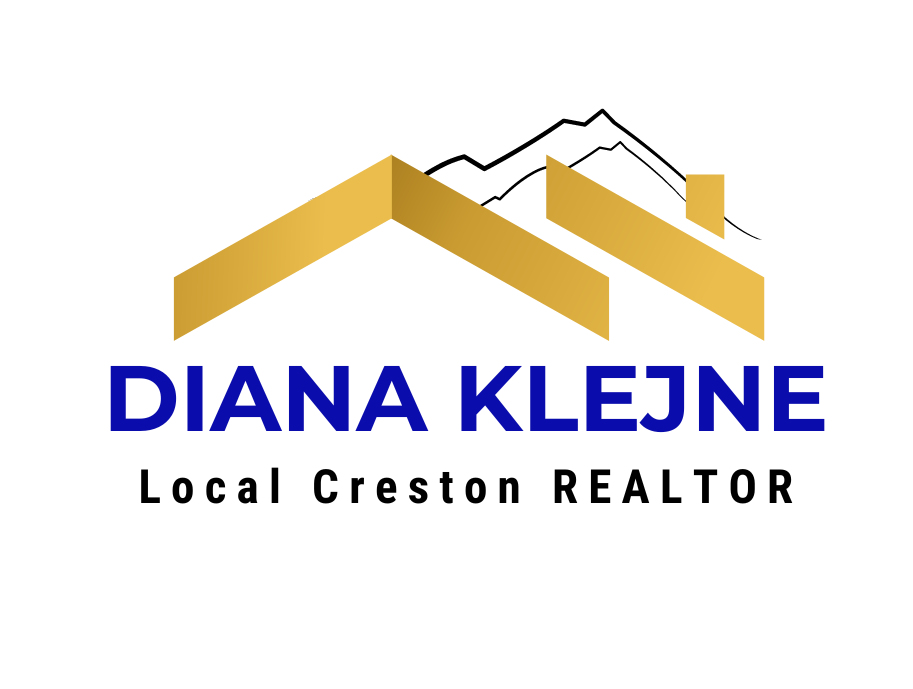RATES
Fixed rates continue their climb, and the discount off of Prime for variable continues to shrink. Variable still remains the superior choice though, priced 6-7 increases to Prime, under the 5 yr fixed. Meaning prime rate will have to increase another 6-7 times before you’d get to where you’d START with the 5 yr fixed. Consider the dramatic difference in penalty calculation between the two, and variable is the clear winner. 65% of Canadians payout their five year term early.
SHOULD I LOCK IN MY VARIABLE?
A very common question this month!
So the government raised the overnight rate. This affects the Prime Rate at banks and lenders, which was 2.45 and now is 2.70. A variable rate cannot be locked in, as it is by definition variable. What can be locked-in is the discount/spread, ie Prime -.50 or Prime -.70. The discount off prime varies a bit from lender to lender, but not too much at the moment. When prime rate goes up or down, your payment moves up or down with it, with whatever your discount off of Prime rate is. Some lenders have a static payment, which doesn’t move, but instead the interest portion gets larger, the principal portion smaller, and your amortization longer. While that may at first glance sound more attractive, it’s really not ~ interest incurred grows dramatically if the payment doesn’t move with Prime.
Fixed rates are driven by changes in the bond market and the current yields/spread between 5 yr bonds and the rate the lender is offering. In anticipation of the government overnight rate going up this year, fixed rates have slowly been climbing up in recent months. But it’s not crazy, they are just getting close to where they were pre-pandemic.
In the current rate landscape, I still recommend the variable both because I think the interest incurred over the term will be less than fixed rate, but also because it has a far more tolerable early payout penalty than a fixed rate mortgage. Consider that you can lock in to a fixed rate mortgage anytime, at no cost and no penalty. But you can never go in the other direction for free (from a fixed rate to a variable). It screams quite clearly which option benefits the lender the most. Banks are always pushing people to take the fixed, because then it’s harder to move your mortgage somewhere else, as the huge penalty that comes with paying out that fixed mortgage makes it prohibitive.
Absolutely we are in a rate-rising environment, and I expect prime rate to increase many times this year. But remember as it goes up a few more times, that you are still paying less than where you would have started, with a 5 yr fixed. And if you’ve been in that variable for awhile, you’ve had lots of time at much less than where you would have started with a 5 yr fixed. No one likes their rate to go up, but it needs to happen, they’ve been way too artificially low for too long. Sort of like taking Buckley’s cough syrup…. no one likes it, but it works. Rising rates are a sign of a strong economy and a requirement to keep inflationary pressures in check.
If you decide to lock-in now, you will be pricing yourself a further 5-7 increases to Prime rate higher. Why take that now, when you can wait and absorb those increases over the next year or so. It makes no sense, but if it’s truly keeping you up at night, then you might want to lock in . But remember the very different early payout penalty calculation for a fixed rate mortgage, and before doing so, you should want to be very comfortable that you don’t plan on making any changes to your mortgage in the next five years.
There is no need to panic. News headlines are designed to be click-bait or sell newspapers and magazines. They are inflammatory, that is the intention. Rates are merely returning to their pre-pandemic levels. In 2019 the canadian economy was on fire, we were the top performing nation in the G7. At that time, fixed rates were in the high 3s and Prime rate was 3.95%. The fact that we are going to course-correct and start returning to those levels of rates is a GOOD thing, it means the economy is recovering. It’s a sign that Canada is doing well. Inflation is higher than I’d like to see, but we have to remember that part of it is a rebound to the deflation that we had during the lockdown, lockdown supply chain issues that will resolve, and now geo-political issues that will hopefully be short lived. Expectations from mainstream economists are that inflation should return to-trend by mid 2023.
CANADIAN ECONOMY
The majority of Canadians say they are driving less due to higher gas prices. A number of countries around the world have banned Russian crude, which has driven prices higher. There is some potential for new supply amid prospects of a new Iran deal.
Led by gains in tech and industrial sectors, the TSX set a new record high last week.
Canadian retailers posted stronger-than-expected revenue gains in early 2022, although businesses started to struggle in February. Even with that slip, the evidence is that the economy was relatively resilient at the start of 2022 in the face of covid restrictions meant to contain the spread.
Justin Trudeau announced an agreement with the NDP, aimed at preventing another election until 2025. The deal will see the NDP support the Liberals in confidence votes in exchange for advancing policies including national dental care and prescription drug programs. The power-sharing deal also promises to tackle the soaring cost of housing in Canada and may target real estate investment trusts that owns homes.
Canada’s population grew by nearly half a million people in 2021, sharply higher than 2020 levels as international migration returned to historically elevated pre-pandemic numbers. Most of the gain came from international migration as the government eased most travel restrictions for those coming for work, school or family reunification. In the final three months of 2021, population grew by 0.2% which was the second biggest fourth quarter increase in the past three decades.
Canadian CPI jumped to a new three-decade high in February, cementing expectations that the Bank of Canada will continue to hike interest rates to reign in price pressures. The futures market is now pricing in 6-7 more hikes by year end.
US ECONOMY
Applications for state unemployment insurance fell last week to the lowest since 1969 as demand for labour increases.
Jerome Powell has vowed tough action to address surging inflation, and is prepared to raise interest rates by a half percentage point at its next meeting if required. This is a much more aggressive tone than even just a week ago.
Thank you to Rebecca Awram BA Mortgage Advisor for this great information.






